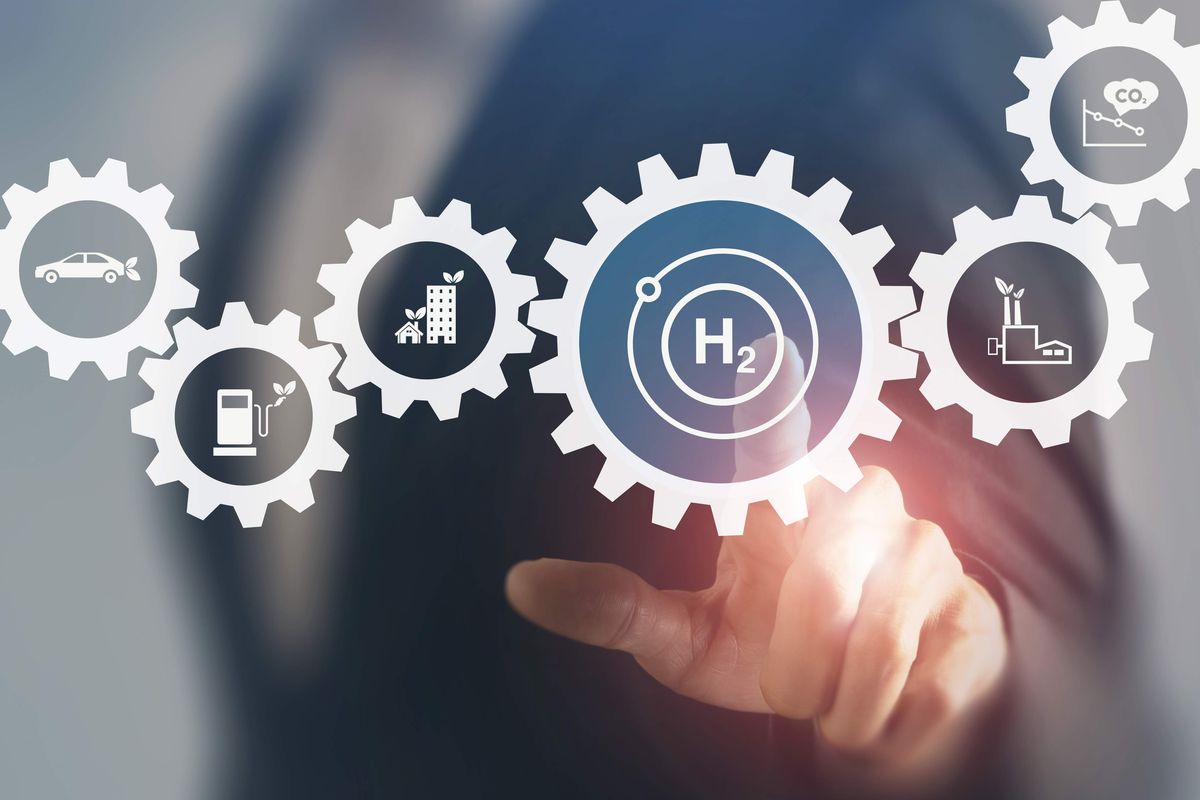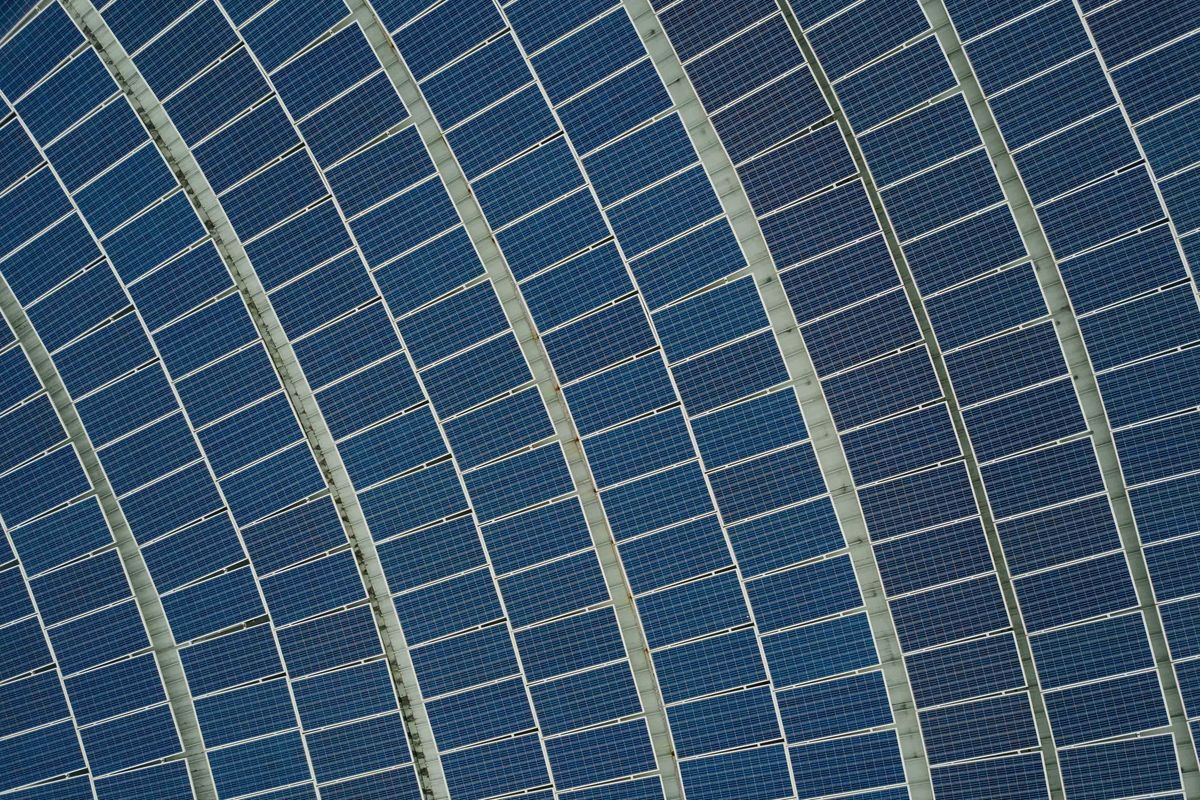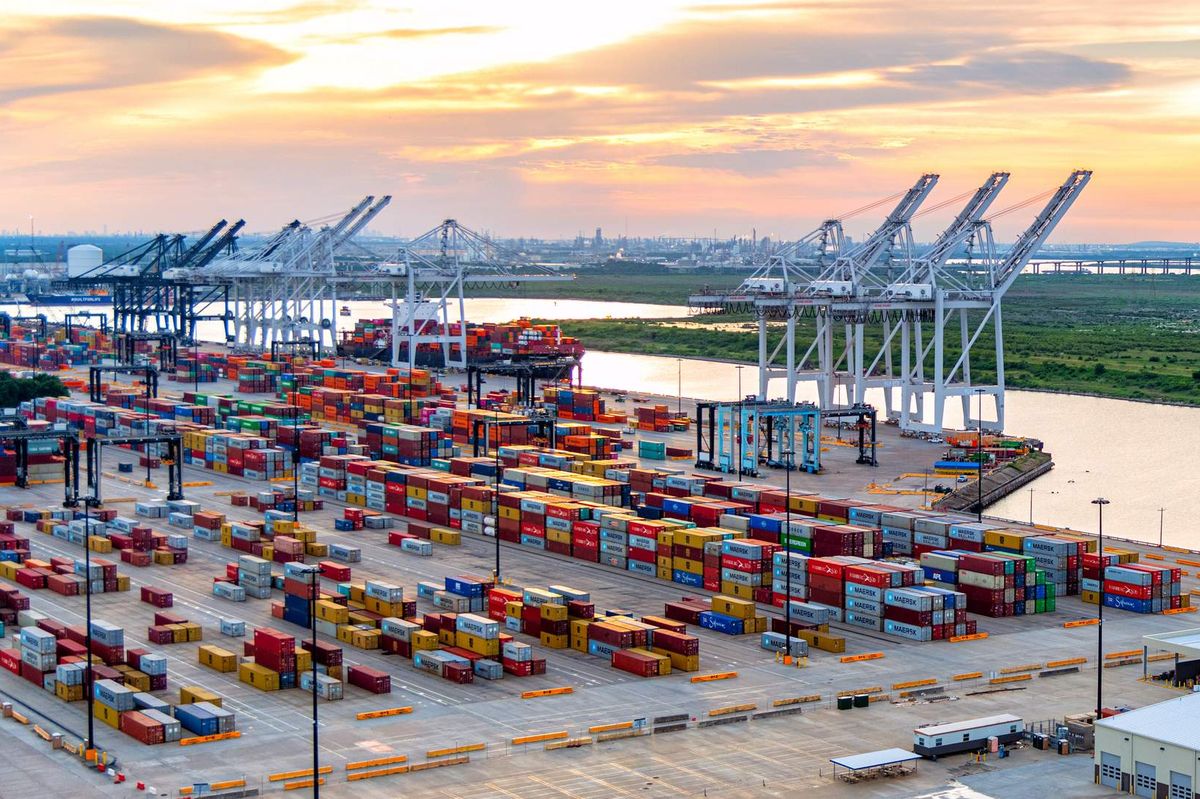now streaming
Q&A: The breakthrough energy tech that could replace batteries forever
In the rapidly evolving world of energy technology, few innovations hold as much promise as the solutions being developed by Earthen.
We recently had the opportunity to sit down with Manas Pathak, the CEO and co-founder of Earthen, to delve into the company's groundbreaking thermo-mechanical energy storage system. In this Q&A, we explore the core of Earthen's technology, its potential impact on the energy sector, and what the future holds.
Manas Pathak's insights offer a glimpse into the future of energy storage and the innovations that companies like Earthen are bringing to the table. As the energy sector continues to evolve, solutions like these will play a pivotal role in shaping a sustainable future.
Energy Tech Startups: Can you explain the unique approach Earthen takes with its thermo-mechanical energy storage using supercritical CO2?
Manas Pathak: Certainly. At Earthen, we've developed a thermo-mechanical energy storage solution that leverages supercritical CO2. This phase of CO2, achieved at high pressures and temperatures, behaves both as a liquid and a gas. It's central to our technology, offering a compact, safe, and cost-effective solution for long-duration energy storage. Think of it as a modern take on compressed air storage but using CO2 for superior results.
Q: With so many energy storage solutions emerging, what sets Earthen's system apart in terms of efficiency?
MP: Our system boasts a competitive round-trip efficiency of 78%, which is quite remarkable. To put it in perspective, this efficiency rivals that of lithium-ion batteries. The use of supercritical CO2 is central to achieving this efficiency, allowing us to harness its unique properties for optimal energy storage and retrieval.
Q: How does Earthen's technology integrate with existing infrastructure, like pipelines?
MP: One of the exciting applications of our technology is its ability to retrofit pipelines, converting them into energy storage assets. This means that existing infrastructure, like pipelines initially designed for other purposes, can be repurposed and utilized for energy storage, maximizing the use of resources and reducing the need for new constructions.
Q: What are Earthen's plans for the future, especially in terms of product launches and market presence?
MP: We're quite ambitious about our roadmap. We aim to launch our first commercial product by 2026-2027. As for our market strategy, we're targeting a diverse range of customer segments, from utility-scale energy storage to commercial-industrial spaces. Our mission is to democratize access to clean energy on a global scale, and we're taking concrete steps to realize that vision.
Q: Lastly, what inspired the creation of Earthen and its focus on equitable energy distribution?
MP: Growing up in India, I witnessed firsthand the disparities in energy consumption. The smallest homes often faced the longest power outages. This early realization highlighted the need for equitable energy distribution. At Earthen, our end goal is to see clean electrons reaching every corner of the globe, ensuring that everyone has access to reliable and sustainable energy.
———
This conversation has been edited for brevity and clarity. Click here to listen to the full episode.
Hosted by Jason Ethier and Nada Ahmed, the Digital Wildcatters’ podcast, Energy Tech Startups, delves into Houston's pivotal role in the energy transition, spotlighting entrepreneurs and industry leaders shaping a low-carbon future. Digital Wildcatters is a Houston-based media platform and podcast network, which is home to the Energy Tech Startups podcast.










